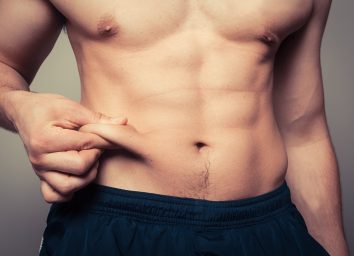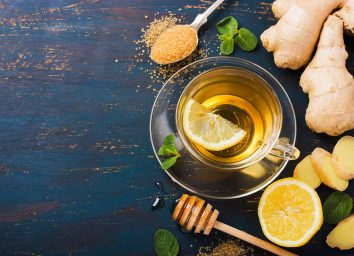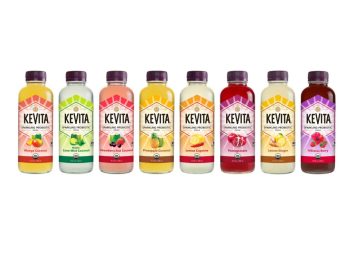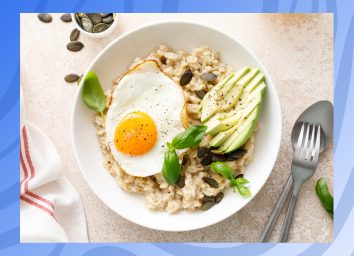36 Best Hacks to Flatten Your Belly In No Time

Picture this in your mind’s eye: 5,980,045 SweeTARTS candies.
You consume the sugar equivalent of that many SweeTARTS over your lifetime if, like the average American, you unwittingly consume 2 pounds of added sugars every week.
Tiny actions that you can barely recognize can add up to big problems—like high blood sugar and diabetes. By the same token, indiscriminate, positive steps you take every day can add up to significant health improvements, including big-time weight loss. And because they’re small, simple, and take little time, they’re easy to work into your day. You just have to remember to do them.
So, we’ve put together a list of our favorite tips, hints, and hacks for slashing calories, stifling cravings, burning more fat, and eating more healthfully every day. Start taking these tiny steps until they turn into a jog and then an all-out sprint to the weight-loss finish line. (And for more weight loss tips, make sure to sign up for our newsletter.)
Begin Every Meal with Lettuce
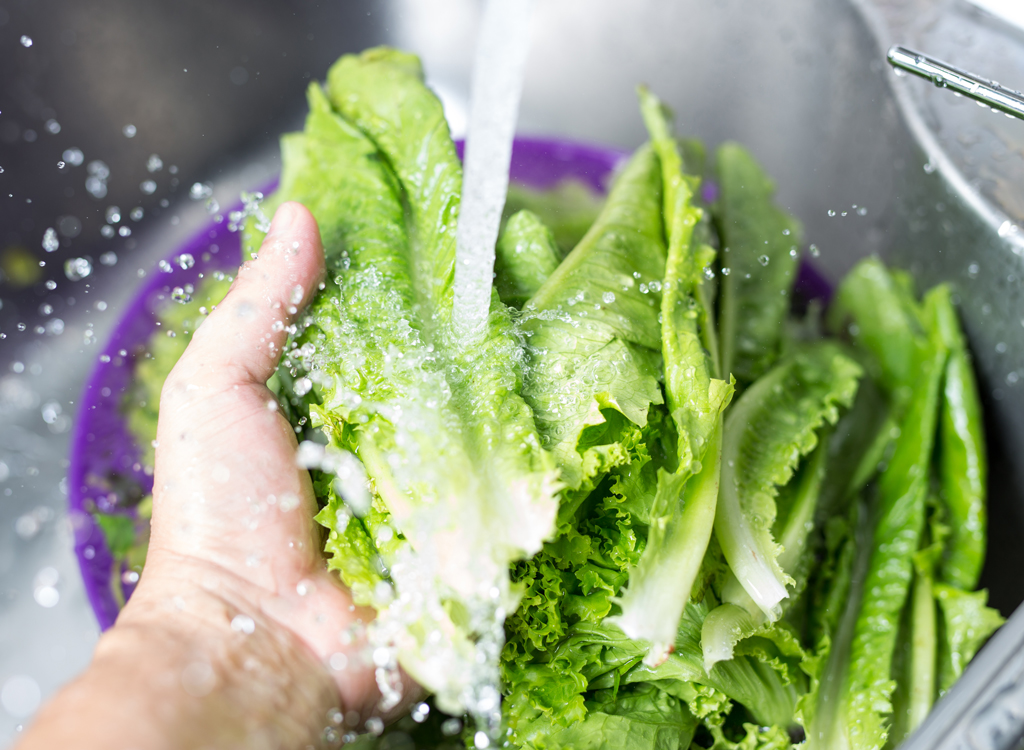
“Eat your veggies first. They fill you up, not out,” says dietitian Marisa Moore, RDN, of Marisa Moore Nutrition. “I find that when people focus on eating more vegetables, they naturally eat less of the more caloric foods and are able to lose weight easier.” (Related: 20 Worst Eating Habits That are Shaving Years Off Your Life.)
Drop It with a Selfie

Give your weight loss motivation a booster shot by posting a selfie online. A study by researchers at American University who monitored two dieting support groups found that dieters who regularly shared their diet progress on the internet were more likely to stay motivated than participants who did not share photos or updates of their efforts. (Related: This New Treatment May Be the Key to Weight Loss.)
Have an Apple-tizer

Before you sit down to dinner, have an apple as an appetizer. The dietary fiber in apples’ skin slows digestion, helping you to feel fuller after eating one, and stifling hunger. A large Harvard study that followed 133,468 men and women for 24 years found that people who ate lots of apples and pears gained the least amount of weight overtime. (Related: 17+ Best Healthy Apple Recipes for Weight Loss.)
Lose Pounds with Love

If your spouse loses some weight, the effect can rub off on you, suggests a study in the journal Obesity. Researchers followed 128 overweight or obese couples who lived together, assigning one member of each couple to an active, all-access weight-loss program while the other partner was given only basic dieting information to read. After six months, the researchers determined that not only did the partner who followed the formal program drop pounds, but so did the non-active spouse. The researchers don’t have a scientific explanation for the result, but they suggest that a loved one’s health behavior change may influence his or her partner.
Kill the Lights

It’s 11 p.m. Go to sleep—and again at the same time tomorrow night and the night after that and the night after that. Researchers in Japan found that following a consistent sleep routine is critical for weight control. And many studies have shown that getting fewer than 7 hours of sleep per night slows metabolism and increases cravings for carbohydrates. (Related: 40 Best & Worst Foods to Eat Before Sleep.)
Celebrate Small Victories

Often, the scale may not show it, but you’re making tons of progress on your lose-weight-get-healthier program. So, look for other forms of validation, called “non-scale victories,” to keep you motivated. “You’ll be surprised how many improvements to your health, physical appearance, emotional well-being, and mood you’ll notice as you work toward your goals,” says Beachbody Super Trainer, Autumn Calabrese, author of the new book Lose Weight Like Crazy Even If You Have a Crazy Life!
Here are some non-scale victories to look for:
- Your clothing feels better or fits looser
- You have more energy
- You sleep better at night
- Your skin is clearer
- Your bowel movements are more regular
- You think more clearly
- You eat dessert without guilt because you practice portion control
Sleep In A Cold Room

Simply blasting the AC or turning down the heat in the winter may help attack belly fat while we sleep, according to a study in the journal Diabetes. Why? Colder temps can subtly enhance the effectiveness of your brown fat stores, which keep you warm by helping your burn through belly fat. Participants spent a few weeks sleeping in bedrooms with varying temperatures: a neutral 75 degrees, a cool 66 degrees, and a balmy 81 degrees. After four weeks of sleeping at 66 degrees, the participants had almost doubled their volumes of brown fat.
Make Like a Bat

Sleep in the darkest of dark rooms for more restful sleep. Exposure to light at night doesn’t just interrupt your chances of a great night’s sleep, it may result in weight gain, according to a study in the American Journal of Epidemiology. Study subjects who slept in the darkest rooms were 21% less likely to be obese than those sleeping in the lightest rooms.
Make Like a Train and…
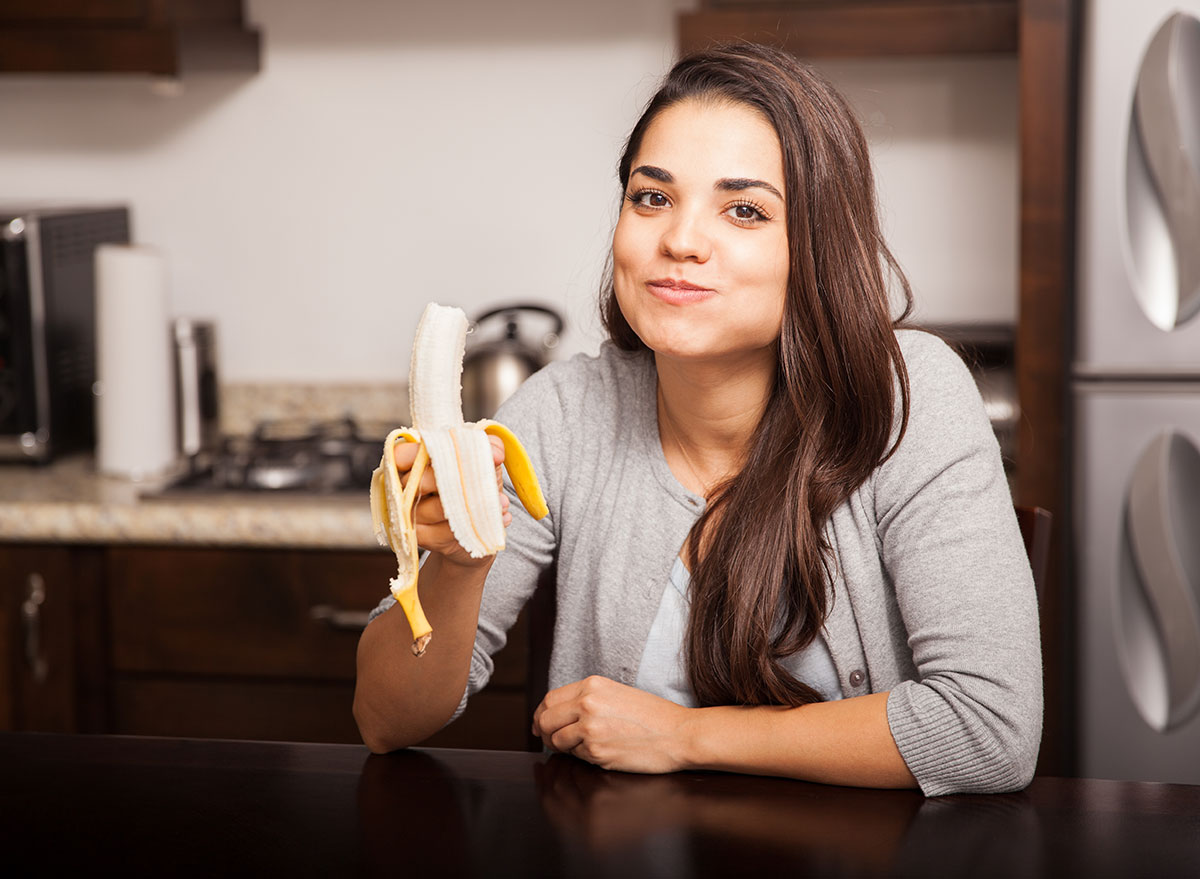
Chew, chew, chew. Not only will chewing each bite for 30 seconds help you avoid choking on your steak, it can help reduce food cravings later on, according to a study in the journal Appetite.
Try the Dunkin’ Diet

Burn more calories by boosting your metabolism with a large black coffee. In a study published in the journal Physiology & Behavior, the average metabolic rate of people who drank caffeinated coffee was 16% higher than that of those who drank decaf. (Related: 30 Things You Didn’t Know About Dunkin’.)
Cook More, Eat Cleaner
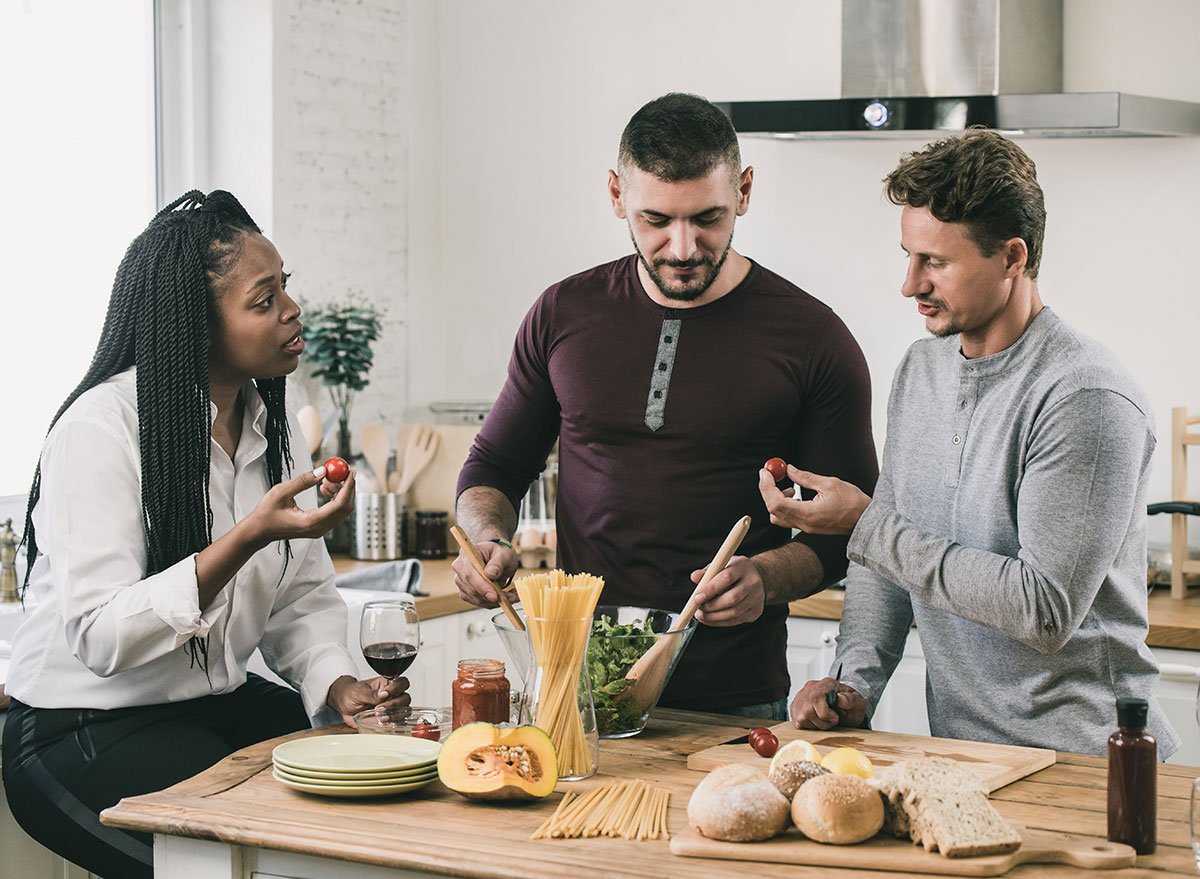
“I think it’s really important to be an active participant in what goes into your body,” says chef Amanda Freitag, an author and judge on the Food Network’s Chopped. “Yes, in restaurants there’s high sodium and high fat, and that’s why it’s so good and delicious and we’re used to seasoning food heavily. It’s because that’s how we’re taught to cook. But I encourage people to cook at home for that fact alone—just so you don’t have delivery all the time, or even have processed packaged foods all the time. At home, I’m fully in control of what I eat. I know exactly what’s goes into the dish I’m making.”
Stock Your Freezer with Shrimp

Bad diet decisions are often made when you’re famished and have nothing but pretzels rods in the cupboard. That’s why fitness celebrity Shaun T stocks up on easy-to-prepare proteins, like frozen cooked shrimp. While the freezer door is open, throw in overripe bananas, a bag of fruit, spinach, and precooked brown rice.
You Can’t Run Away from a Bad Diet
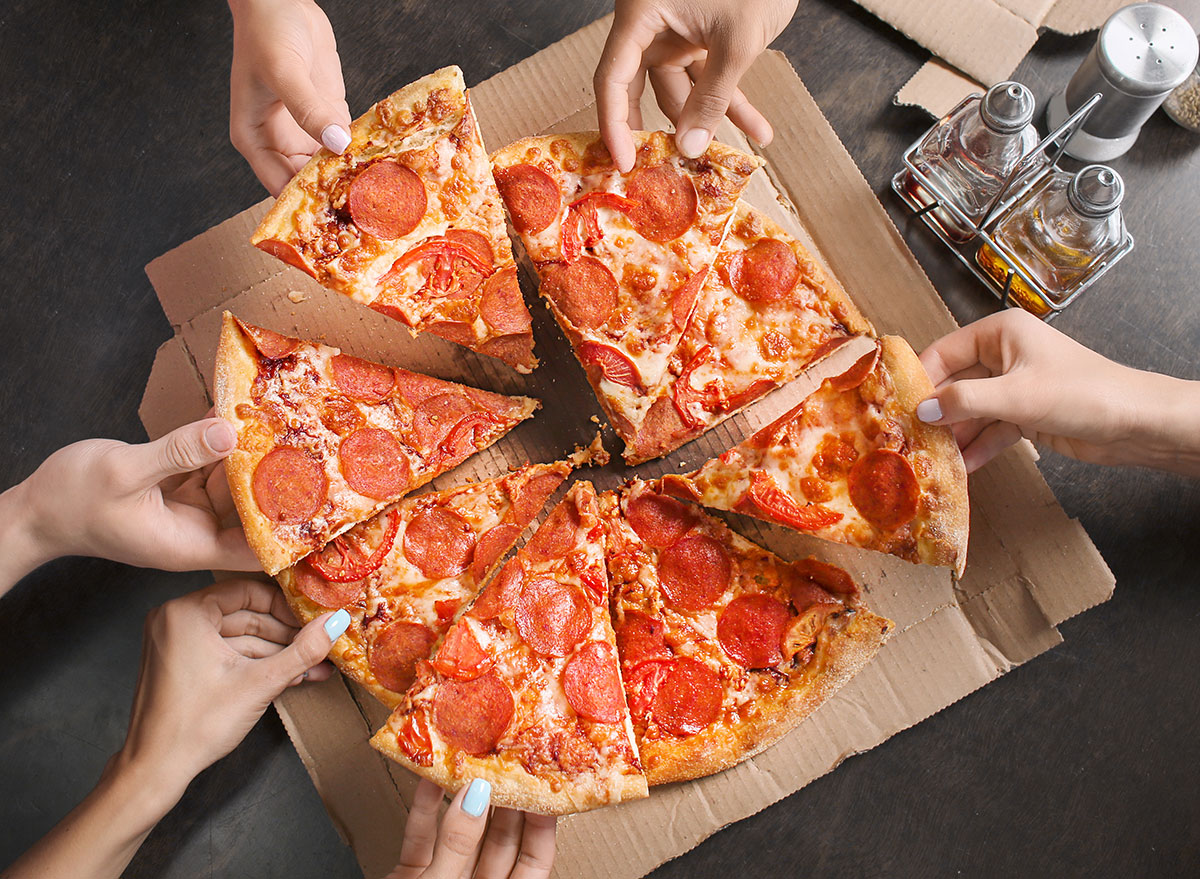
Think you can just run an extra 10 minutes on the treadmill tomorrow after a third slice of pizza tonight? Unfortunately, weight loss doesn’t work that way. A meta-analysis of 33 studies over 25 years found that diet was more than three times more effective in weight management than exercise.
Choose Fast Food Over Fast Casual

Yeah, believe it or not, that’s right—at least, according to a study a few years back. Researchers at the Arnold School of Public Health at the University of South Carolina analyzed the calorie content of fast-casual restaurant chains in comparison to restaurants with drive-thru windows. On average, fast-casual dishes packed 760 calories per meal, while fast-food meals contained an average of 561 calories. The researchers believe the higher calories are due to the larger portion sizes and the high-calorie add-ons available at sit-down restaurant chains.
Flip Your Dip
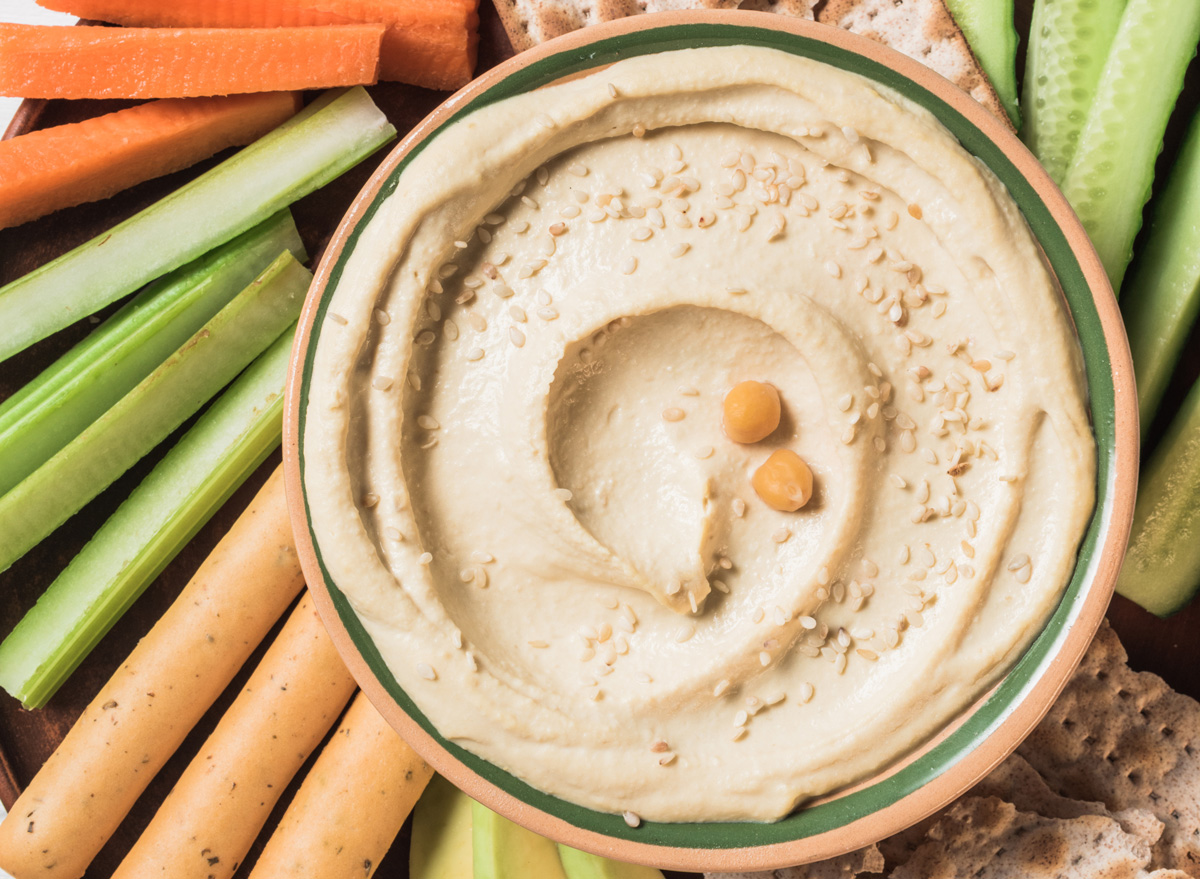
Love veggies and dip? Good for you, that is, unless the dip contains tons of fat and calories like, say, spinach-artichoke dip. That healthy-sounding dip is laden with sour cream, cream cheese and mayonnaise—sending the calorie count north of 600 calories. Flip that dip and dunk your carrots and cukes in hummus made from chickpeas. People who ate fiber- and protein-rich chickpeas every day reported feeling 31% fuller than people who never ate the healthy legumes, according to a study in Obesity.
Check Yourself Out
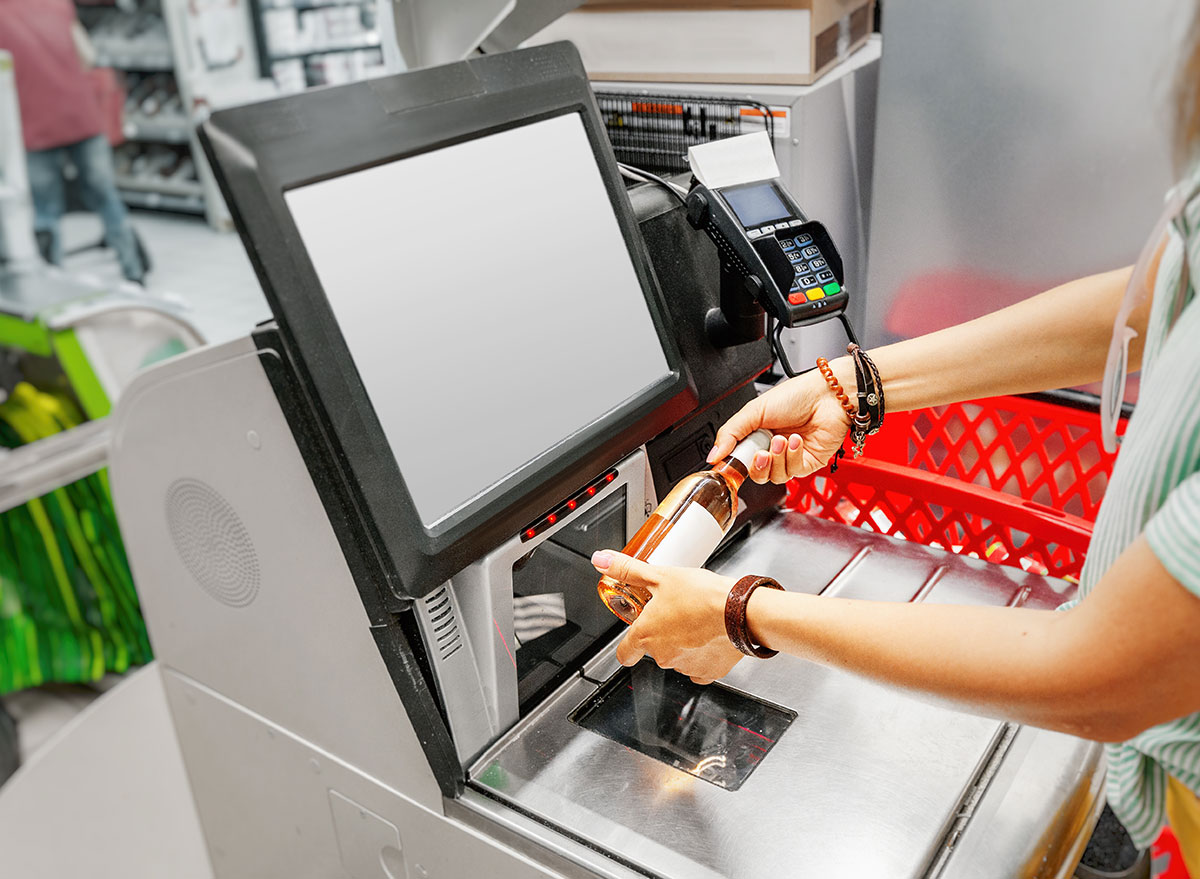
Impulse purchases of candy and salty snacks drop 32% when you use the self-checkout aisle. The same study found that people who pay with credit cards tend to buy more unhealthy “vice” foods, whereas those who use cash tend to buy more “virtue” foods.
Go for the Greens
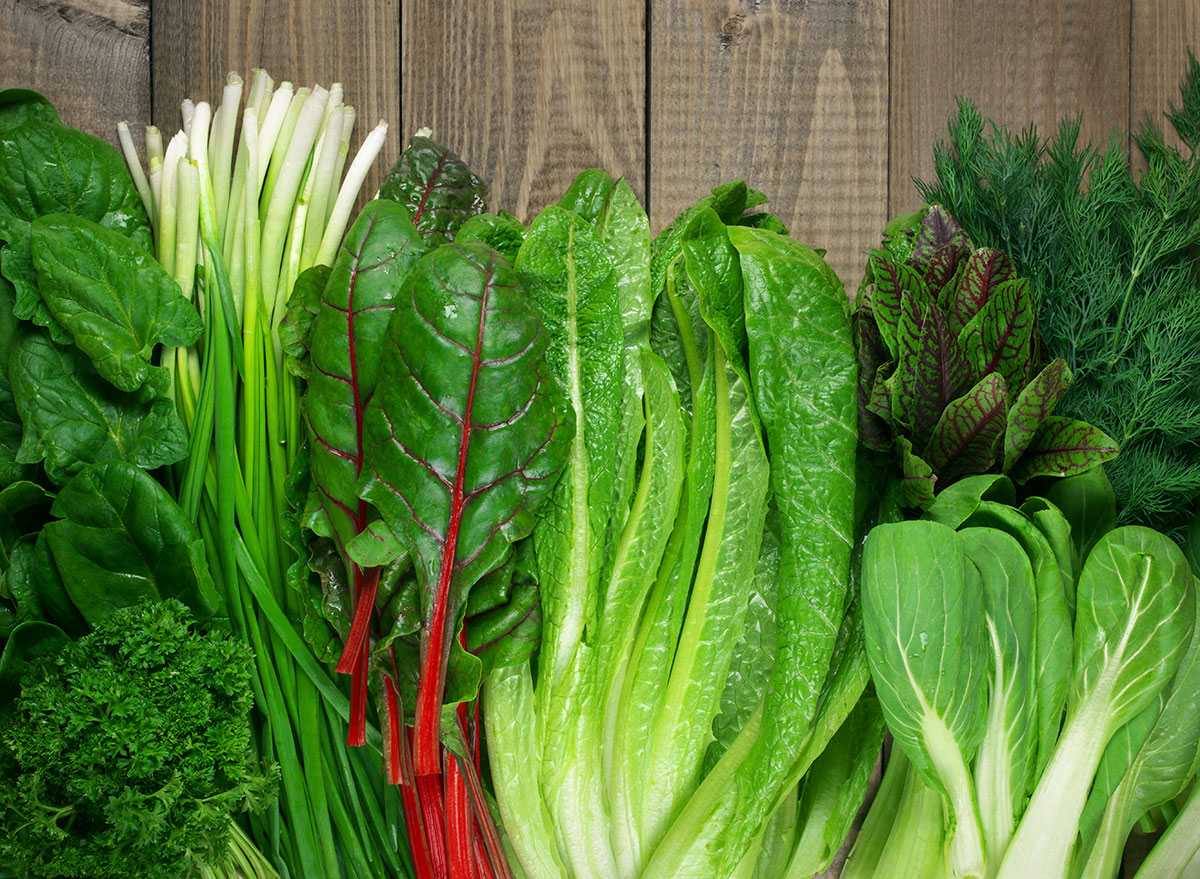
Leafy greens give you folate, which blocks the genes that trigger fat-cell formation. Romaine lettuce, spinach, and collard greens are some of the most potent sources of the flat-belly nutrient. Go green! Every. Single. Day.
Say Sayonara to Soda
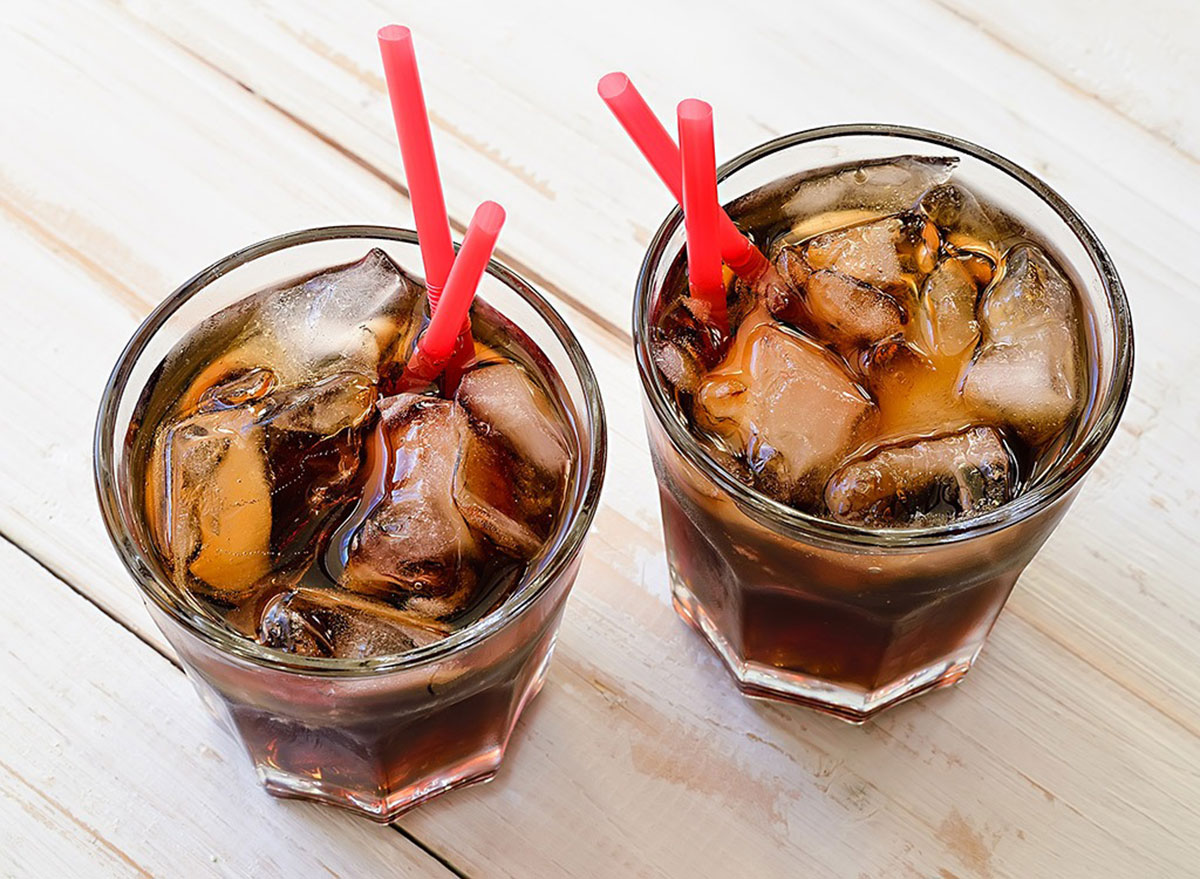
“Soda, both diet and regular, has no nutritional benefits and may have serious health implications,” says Gina Consalvo, MA, RD, LDN, a Pennsylvania-based registered dietitian. “Not only is it loaded with empty calories, harmful preservatives, sugar or artificial sweeteners, it also has dangerous artificial coloring derived from coal sources,” explains Consalvo. But, that’s not even the worst part. “To prevent mold growth in the cans and bottles, the preservative potassium benzoate (a known carcinogen linked to thyroid damage, leukemia, and other cancers) is added into the cans.” Kick the soda habit—drink water, seltzer, or tea. (Related: 108 Most Popular Sodas Ranked by How Toxic They Are.)
Bring Your Fruit Front and Center
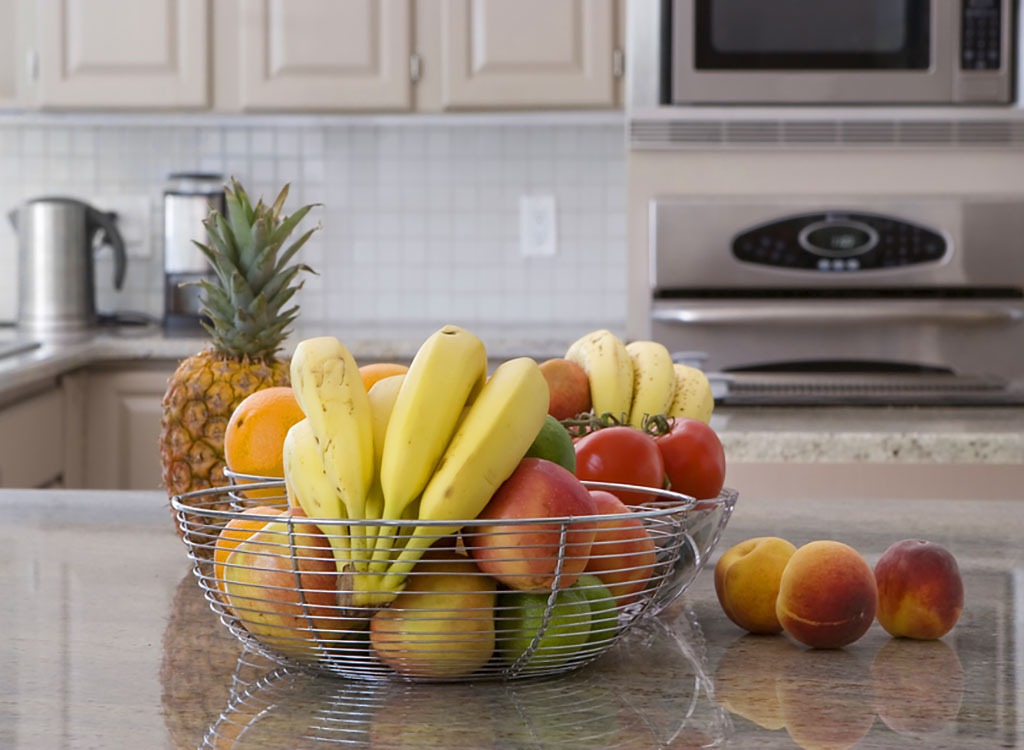
Replace your candy and cookie jars on the kitchen counter with a bowl of fresh fruits. Bananas, pears, apples, and oranges fare well as sweet snacks and should be kept in prime sight. Additionally, stock your fridge with washed and chopped veggies (think: carrots, cucumbers, peppers, and sugar snap peas) and hummus for a quick and healthy snack. This way, they’re more readily available, and you have no excuses to grab a bag of chips, right?
Raise Chickens
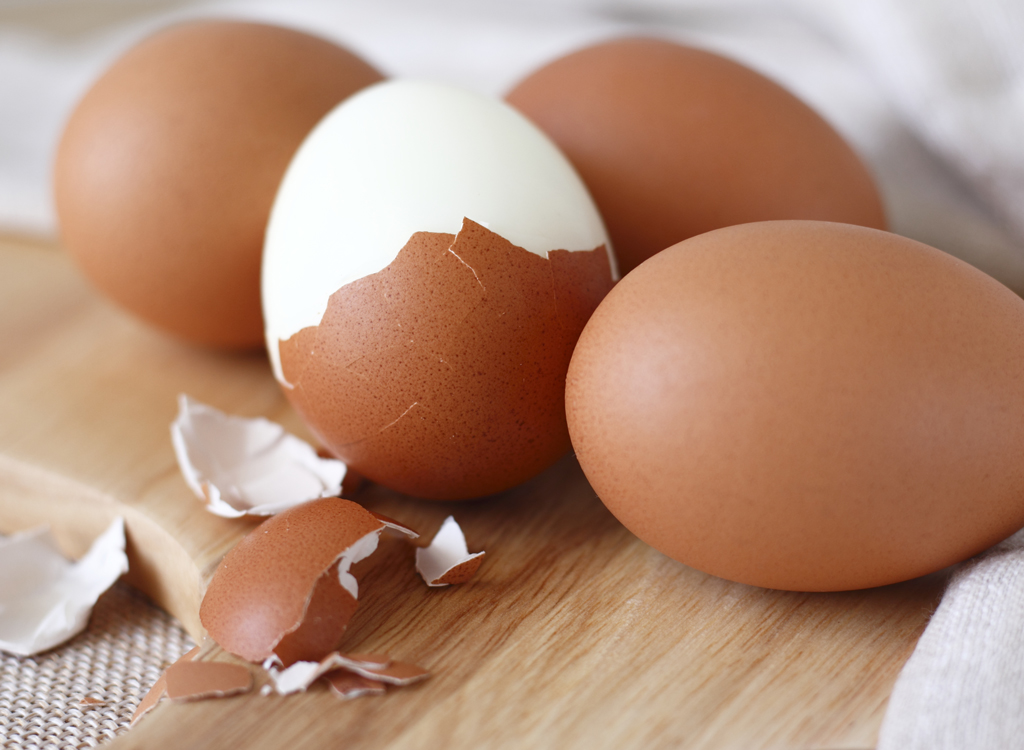
Eggs are the top source of choline—a powerhouse, fat-burning nutrient. It fires up your metabolism and helps turn off the genes for belly fat storage. In a study of 21 men in the journal Nutrition Research, half the participants were fed a breakfast of bagels while the other half ate eggs. The egg group had a lower response to the hunger hormone ghrelin and were less hungry three hours later. They also consumed fewer calories over the next 24 hours.
Read Ingredient Lists
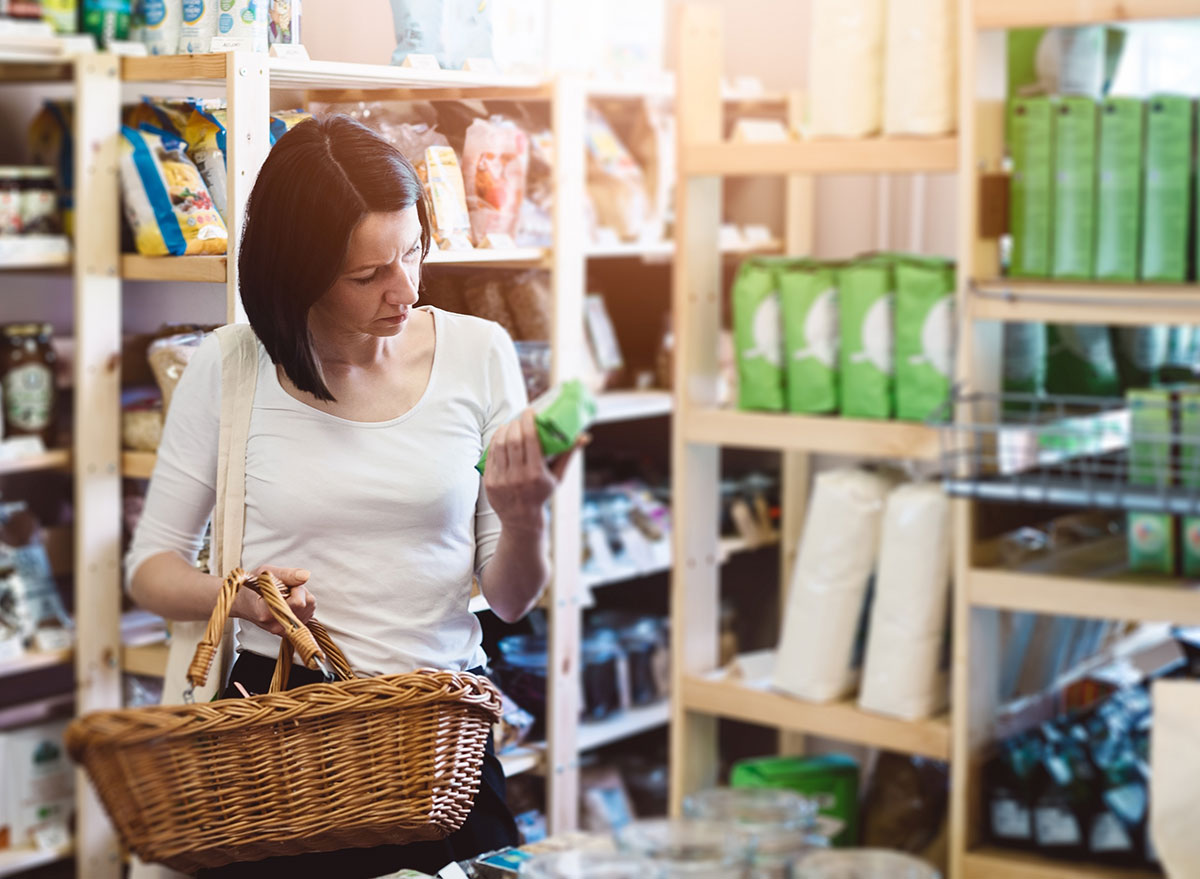
Checking out the nutrition label of packaged foods is important, but you also want to carefully review the ingredients list. While the nutrition label will tell you how many calories and grams of fat and sugar are in the food, the ingredients list will tell you what’s exactly in it. Ask yourself: Does it have processed oils? What is the source of the sugar content? Are there food additives? Can I pronounce the ingredients?
Throw Out the Jelly Jar
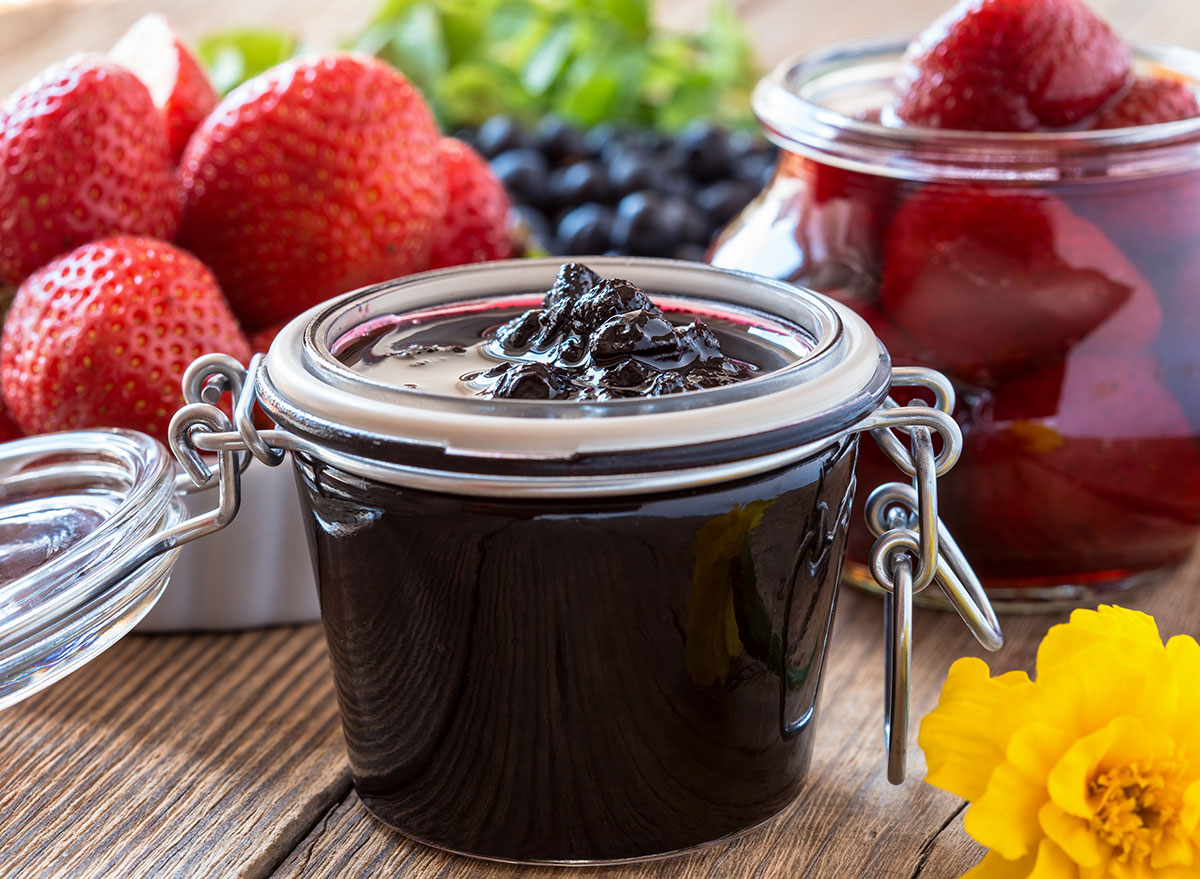
Your breakfast toast won’t miss these sugar-laden spreads when you start to shed pounds and notice a flatter belly. One tablespoon of jam easily carries nearly 10 grams of sugar. And, let’s be honest, who just has one? Top peanut butter sandwiches with fresh pieces of fruit, like banana and strawberry slices, to infuse it with some natural sweetness. This tactic will help ward off blood-sugar fluctuations that can cause insulin spikes and put hunger into overdrive.
Don’t Eat, Drink
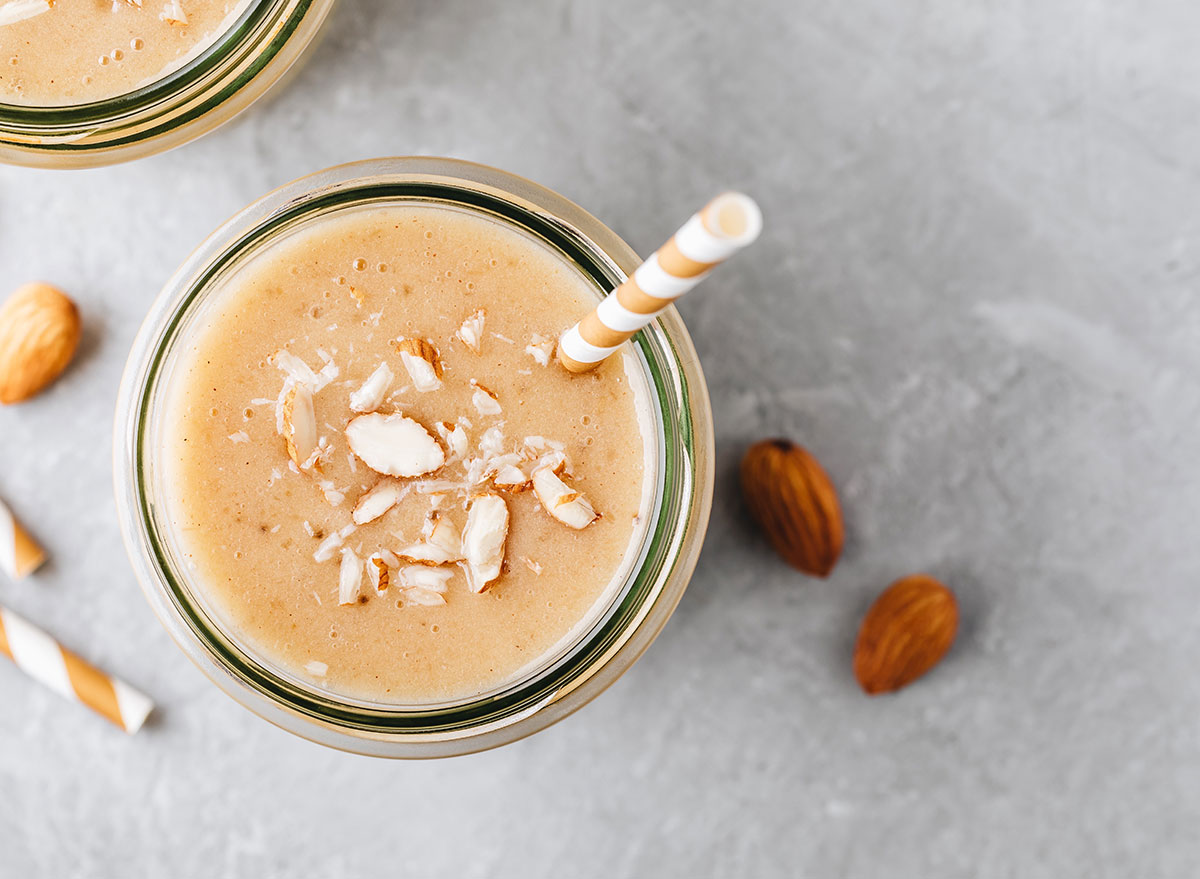
Eating the bulk of your daily calories late at night can disrupt your sleep, which can lead to weight gain. So, drink instead. Have a protein shake with 40 grams of protein, which may help you to fall asleep faster.
Skip Sugary Cereal
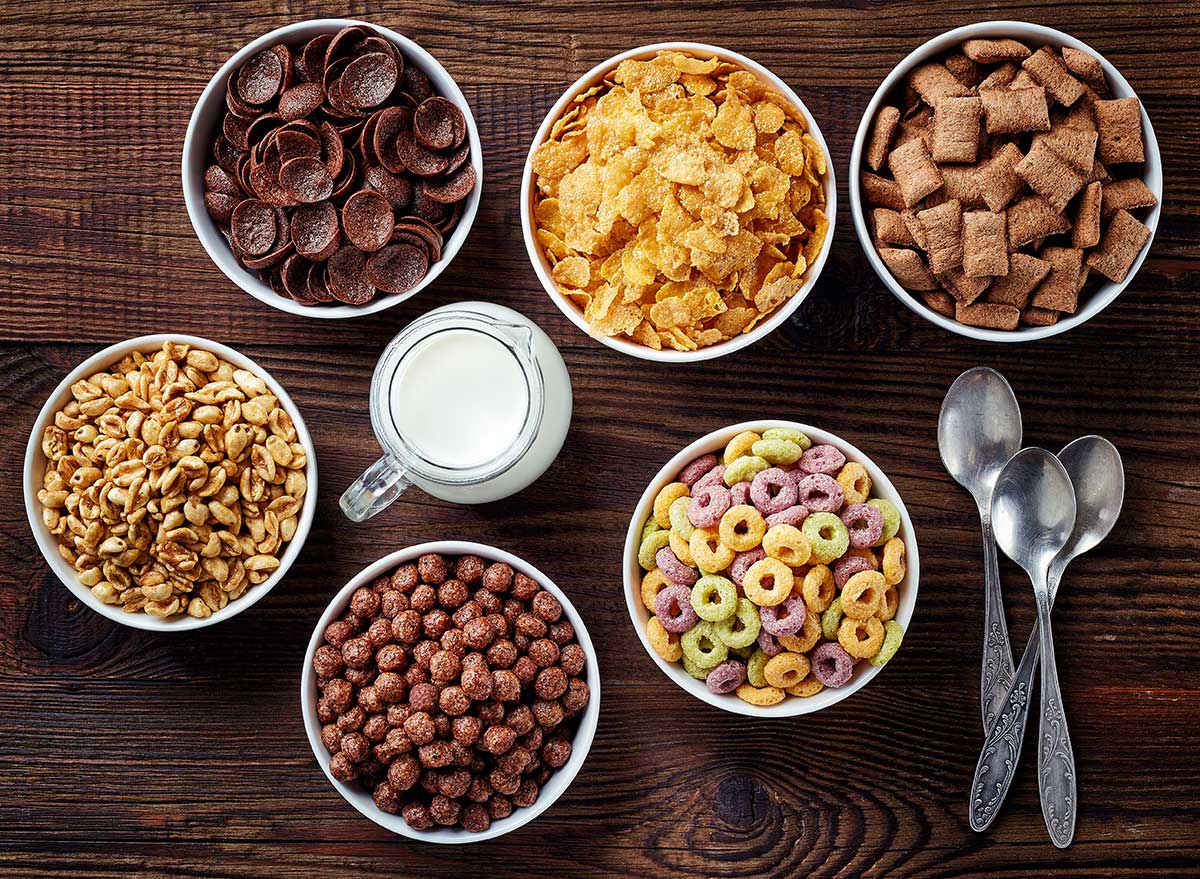
There’s no sugar-coating it: Sugar wreaks havoc on the body. Consuming too much of the white stuff can lead to obesity, which often causes other health problems, like diabetes and heart disease. Many breakfast cereals pack more sugar into one bowl than you’ll find in a Boston cream donut!
Take a Photo of Your Lunch
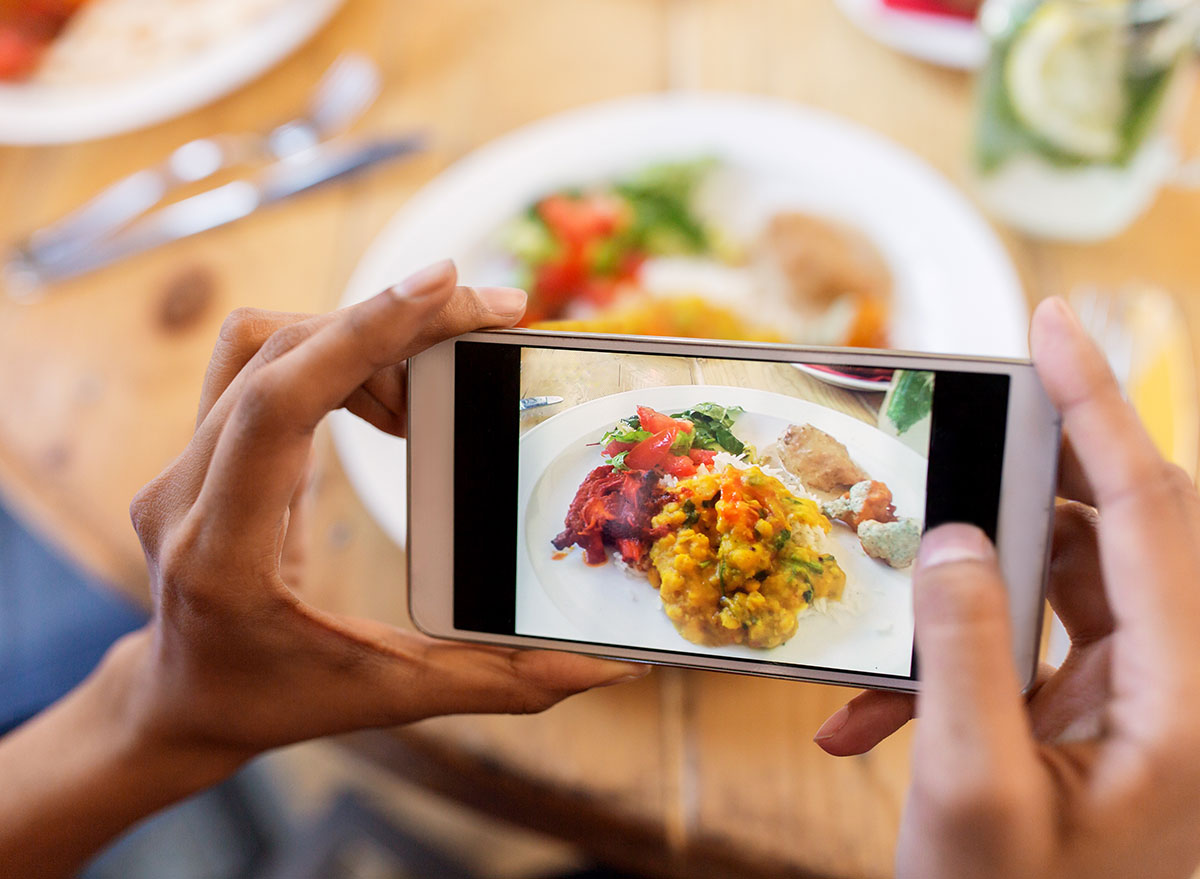
Then review it before dinner. It could help you eat less at the evening meal. An analysis of eating studies in the American Journal of Clinical Nutrition showed that when people remember their last meal as satisfying and filling, they tend to consume fewer calories during their next meal.
Try a No-Carb Avocado “Toast”
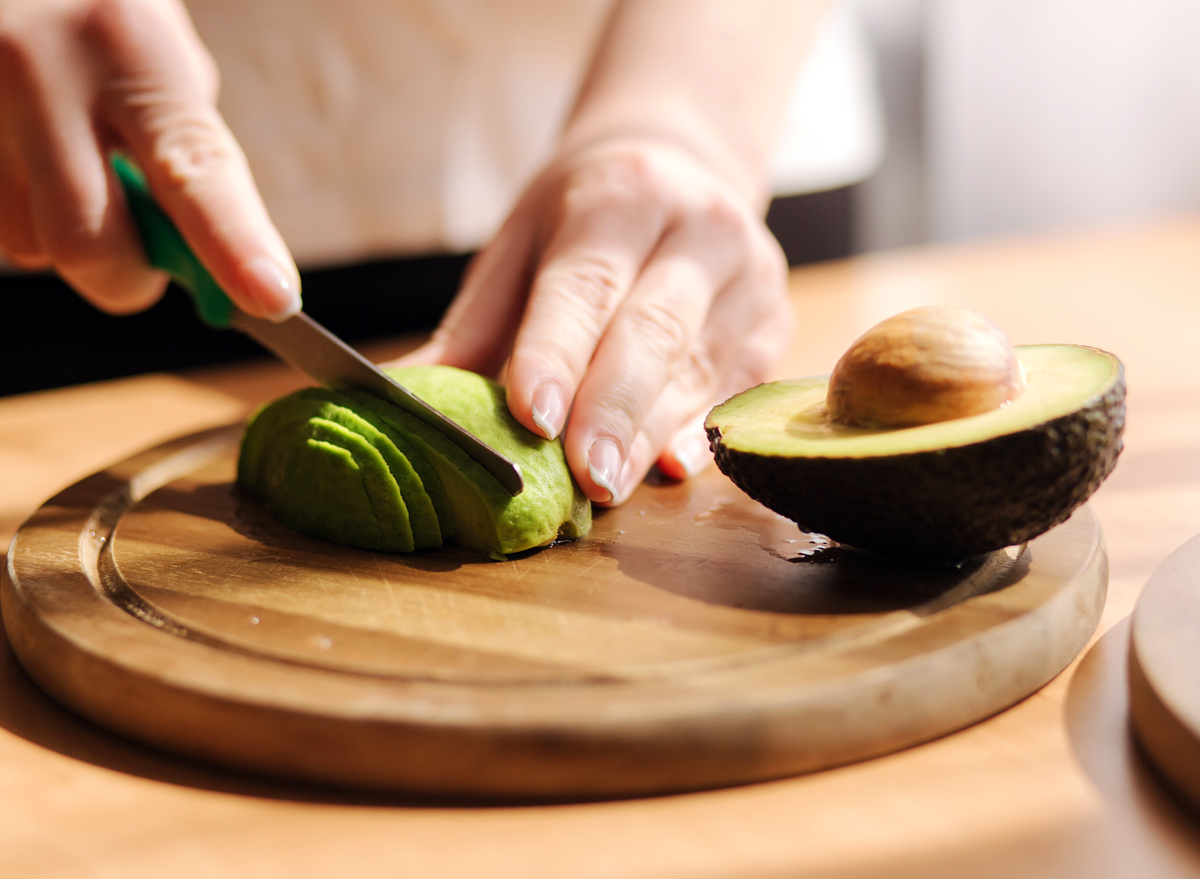
You don’t need the extra carbs from bread if you have a slice of Swiss cheese. Roll slices of Swiss cheese around slices of smoked turkey that have been spread with guacamole. Secure with toothpicks. Done!
Save 320 Calories on Pizza
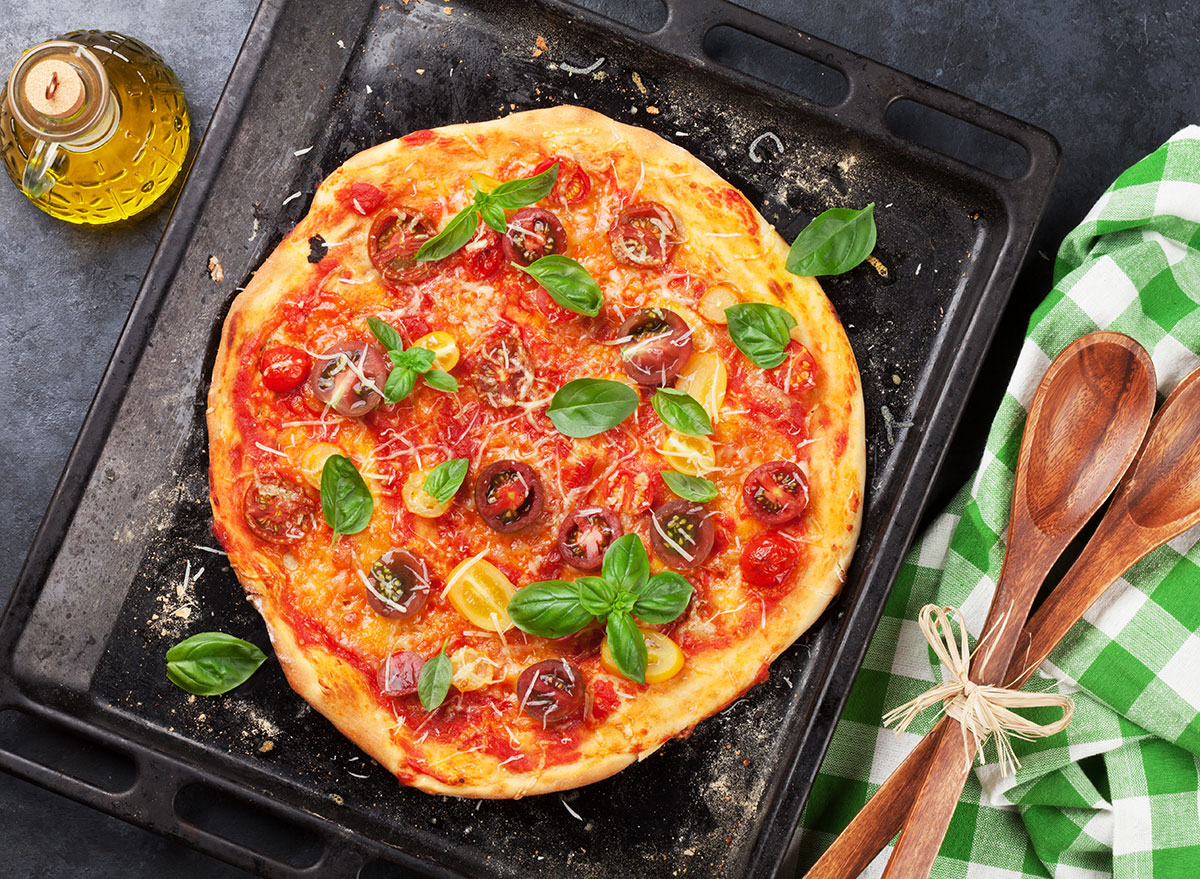
A homemade pizza versus a pizza shop pie will subtract calories and add nutrition, if made like this:
12-inch whole wheat crust
jarred tomato basil pasta sauce
2 cups natural part-skim mozzarella shreds
Hormel Turkey Pepperoni
1 cup fresh basil
6-oz. jar artichoke hearts
½ onion, sliced
½ cup roasted red peppers
½ cup chopped green olives
2 minced garlic cloves
This recipe makes 4 servings. A two-slice serving will save you 320 calories and 18 grams of fat versus 2 slices of Pizza Hut Supreme Pan Pizza.
Brush Away Cravings

After dinner, brush your teeth. A minty fresh mouth will make having seconds or dessert less appealing.
Drink Less, Weigh Less
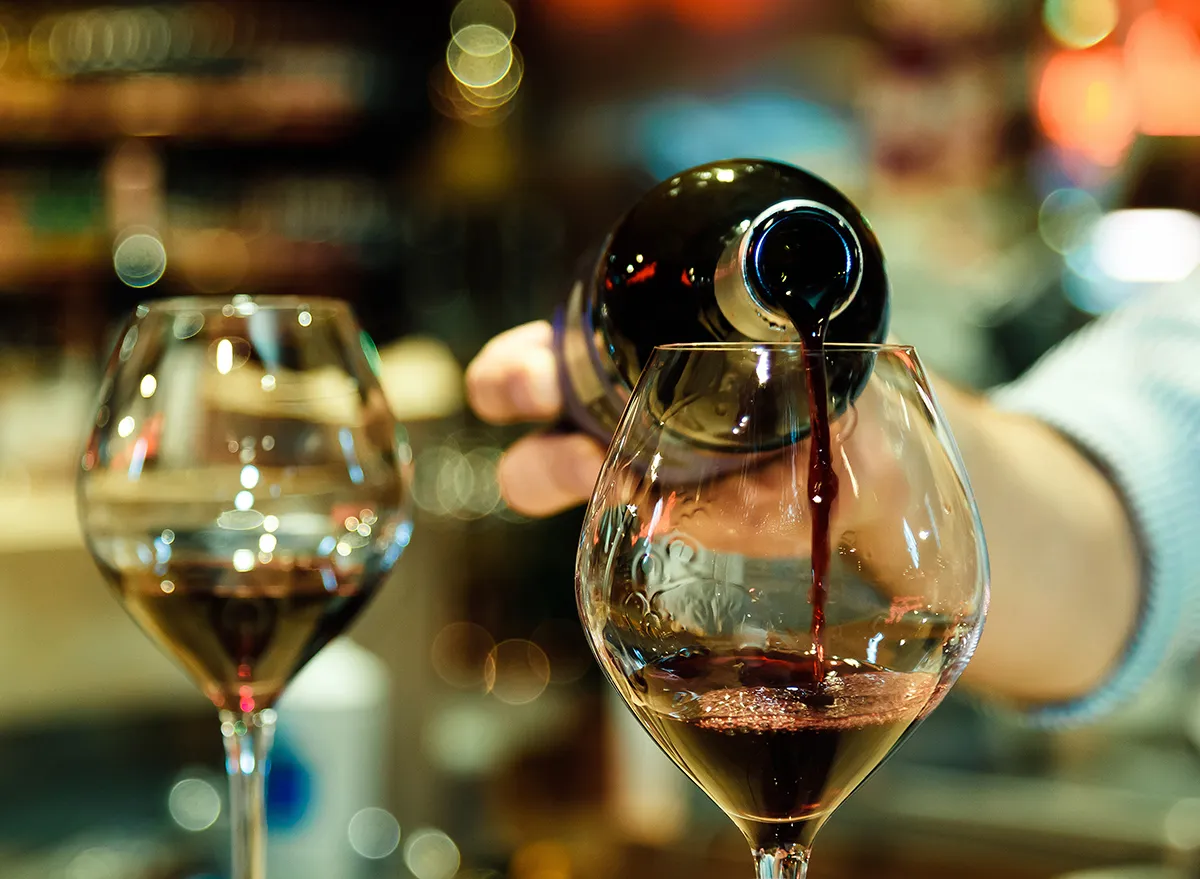
We probably don’t have to tell you that knocking back the cocktails will tend to put on the weight, but we’ll remind you anyway: Consuming alcohol is associated with weight gain. And if you are one of the 80 million U.S. adults with type 2 diabetes, you should be extra careful to keep alcohol consumption to a minimum, if not cut it out altogether. Consider this recent study from the University of Pennsylvania School of Nursing (Penn Nursing), which followed nearly 5,000 people who were overweight and had diabetes for four years. Half of the participants followed an intensive lifestyle intervention program, while a control group was presented with typical diabetes support and education. Data showed that the participants in the intensive intervention program who abstained from alcohol over the four-year period lost more weight than those who drank any amount during the intervention. And those in the intensive intervention group who drank heavily were much less likely to have any significant weight loss over the four years. “Patients with Type 2 diabetes who are trying to lose weight should be encouraged to limit alcohol consumption,” said lead investigator Ariana M. Chao, PhD, CRNP, Assistant Professor of Nursing in the Department of Biobehavioral Health Sciences.
Book a Tea Time
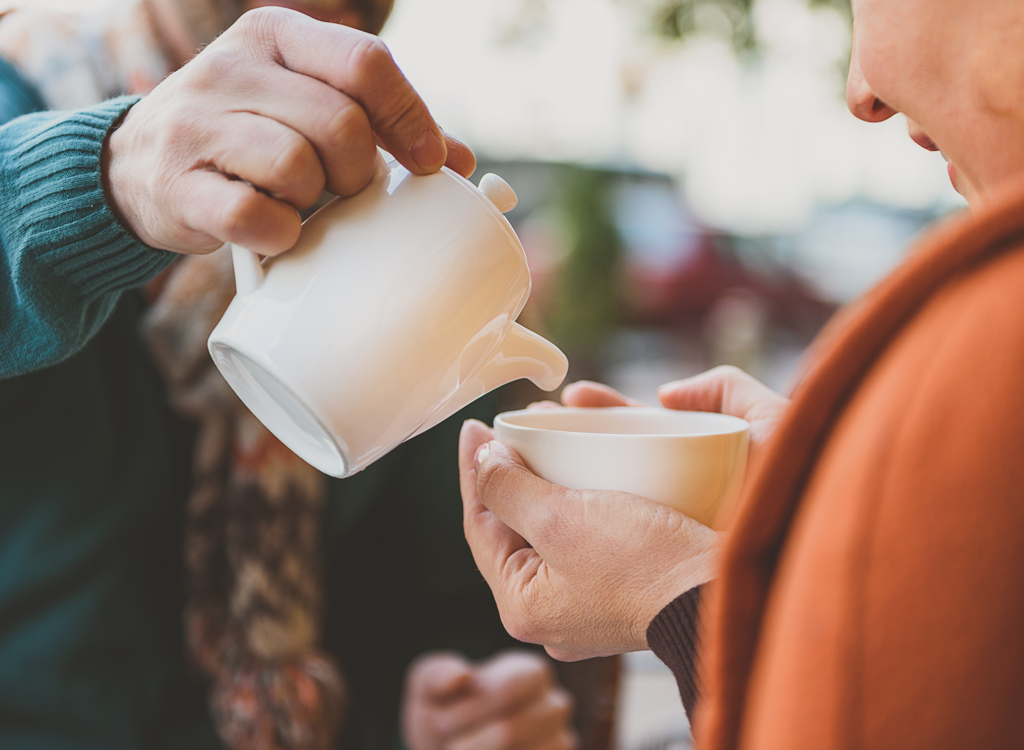
Keep your kitchen pantry stocked with tea—and sip it on the regular. Tea is the closest thing we currently have to magic weight-loss elixir. Low in calories and rich in health-promoting compounds called catechins, tea can help blast stubborn belly fat and even fight off disease.
Repeat After Us: “Hara hachi bu”
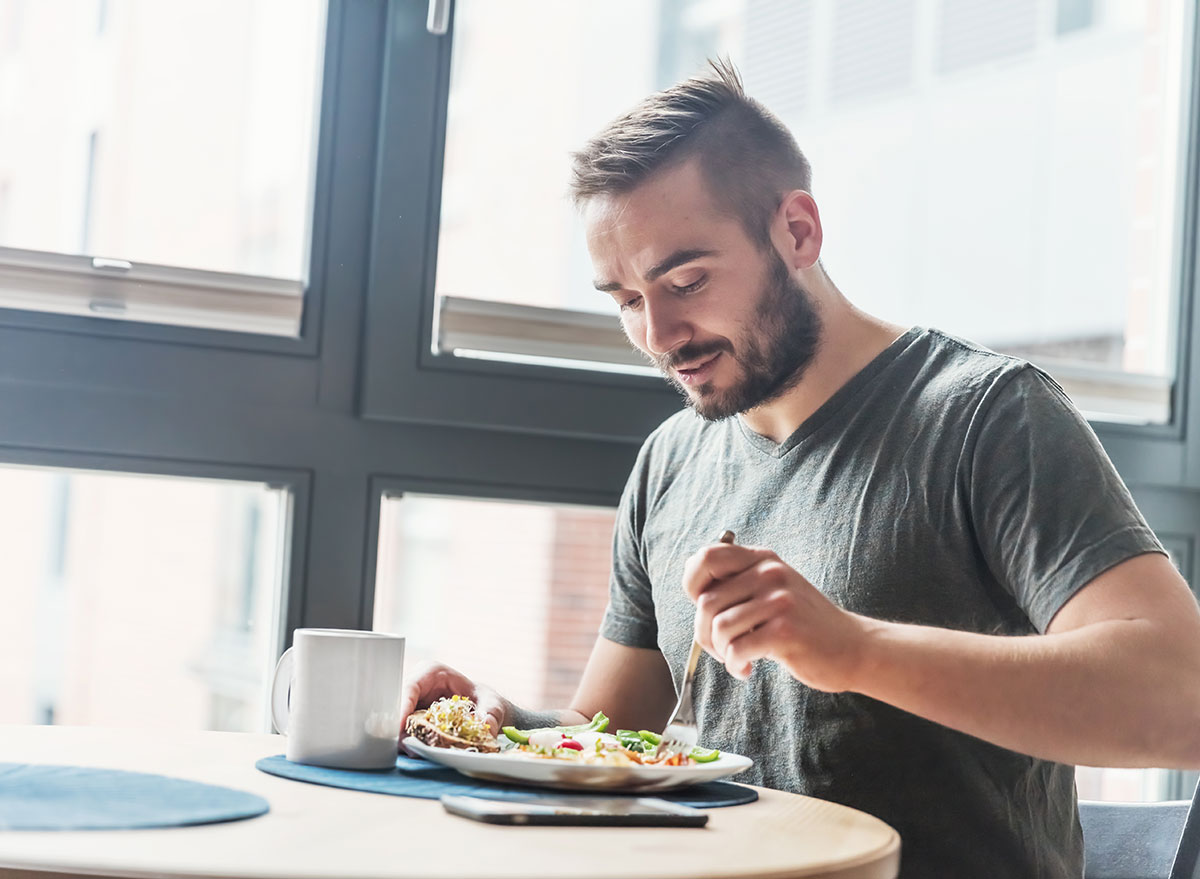
Use it as your new weight-loss mantra. “Hara hachi bu” is the Japanese practice to “Eat until 80% full.” If you follow Hara hachi bu, you could save nearly 300 calories per day. How so? It can take up to 30 minutes for the body to register satiety signals, according to research, so consider using chopsticks to slow your pace and feel your fullness. A study in the American Journal of Preventive Medicine found that healthy-weight customers were nearly three times more likely to use chopsticks than obese customers.
Jot Down Your Thoughts
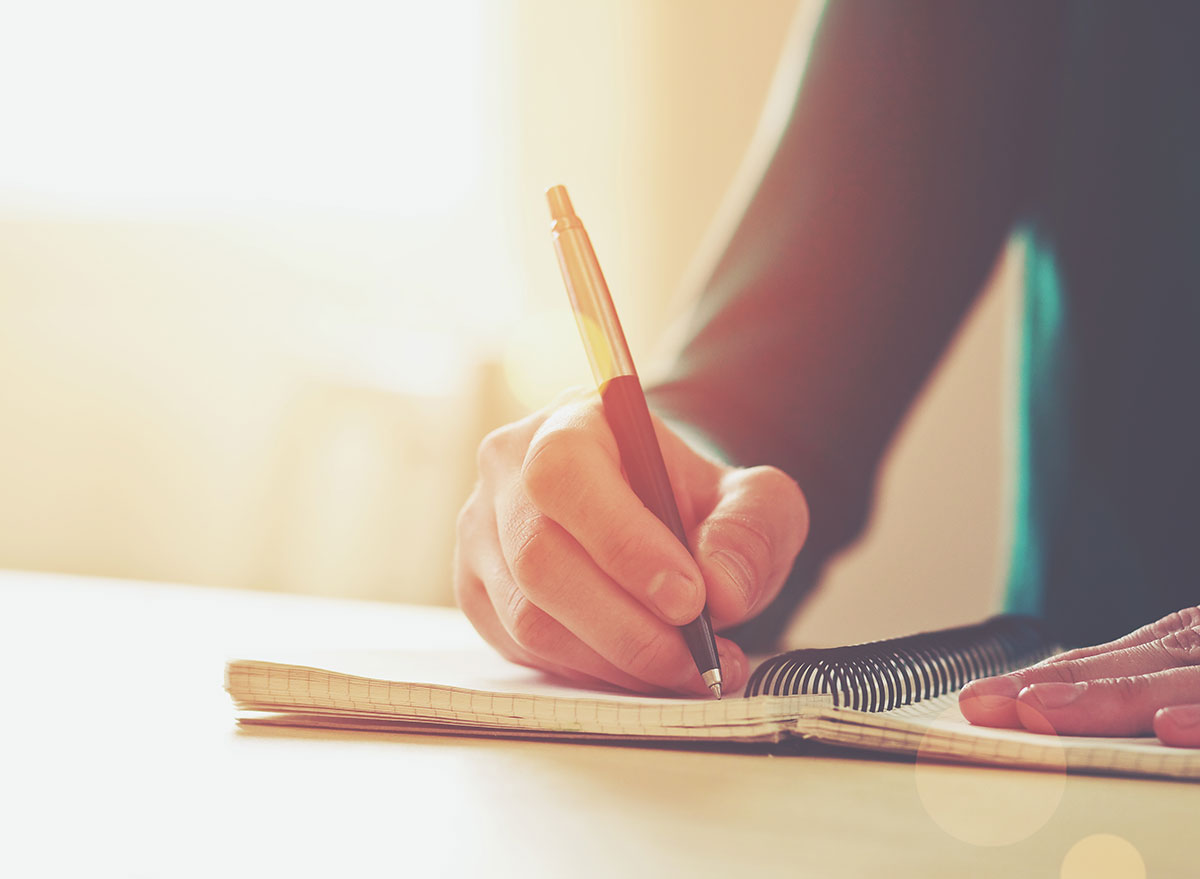
A recent study revealed that when women who were unhappy with their weight completed a one-time, 15-minute writing exercise about an important personal issue, they went on to lose at least three pounds over a three-month period. On the other hand, their counterparts who wrote about an unimportant topic gained three pounds, according to Cheryl Forberg, author of A Small Guide to Losing. “Researchers believe that reflecting on values can serve as a buffer to the stress and uncertainty that leads to emotional eating and help in maintaining self-control in difficult situations,” she explains. To reap the benefits at home, Forberg suggests pulling out a journal, setting the timer, and free-flowing about what’s truly important to you. “Write as though no one else will read it. Come clean with what’s bugging you. It may surprise and even enlighten you,” adds Forberg.
Go for Lean Meat and Fish
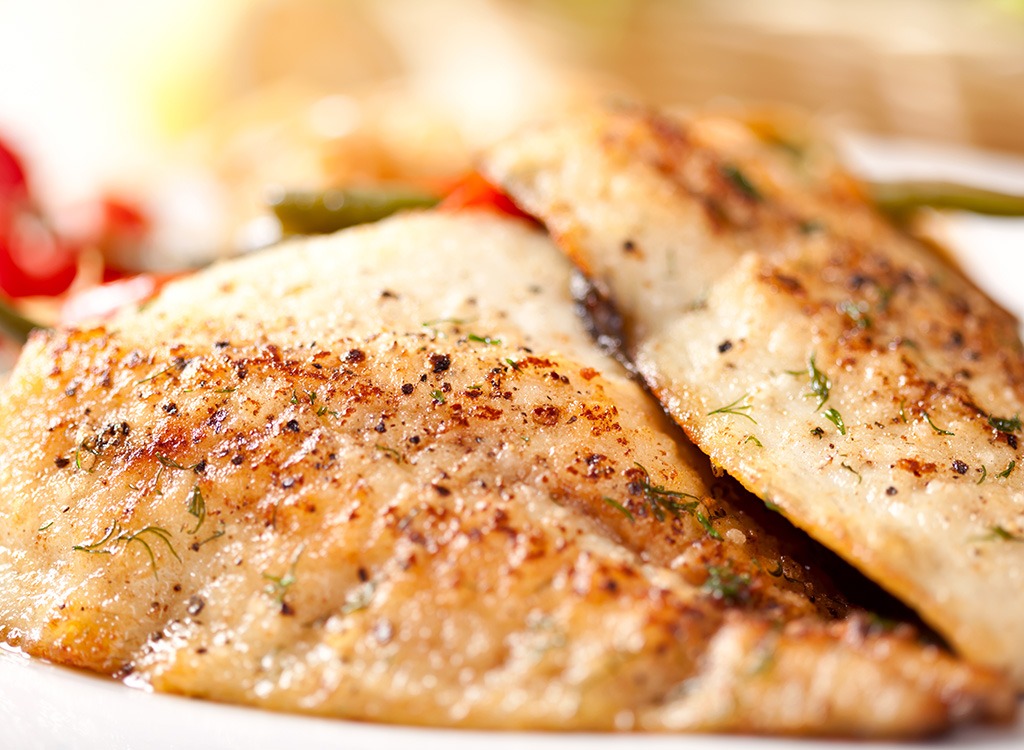
Protein is kryptonite to belly fat. When you eat protein, your body has to expend a lot of calories in digestion—about 25 calories for every 100 calories you eat (compared with only 10 to 15 calories for fats and carbs). With that said, stock your kitchen with boneless, skinless chicken breast, lean ground turkey, lean beef, lamb, wild salmon, shrimp, scallops, cod, tuna, and halibut.
Lift First, Then Run

By running, biking, or rowing after you’ve hit the weights, you’ll have a greater impact on your fat and calorie burn than if you had done cardio beforehand, exercise physiologists say.
Row your Boat

Rowing burns many calories and works the most muscles, including your back muscles. To bump it up a notch, take your workout outdoors. In a Brazilian study, outdoor rowers burned 26% more calories during a race than those on an indoor rowing ergometers.
Toast to Your Health
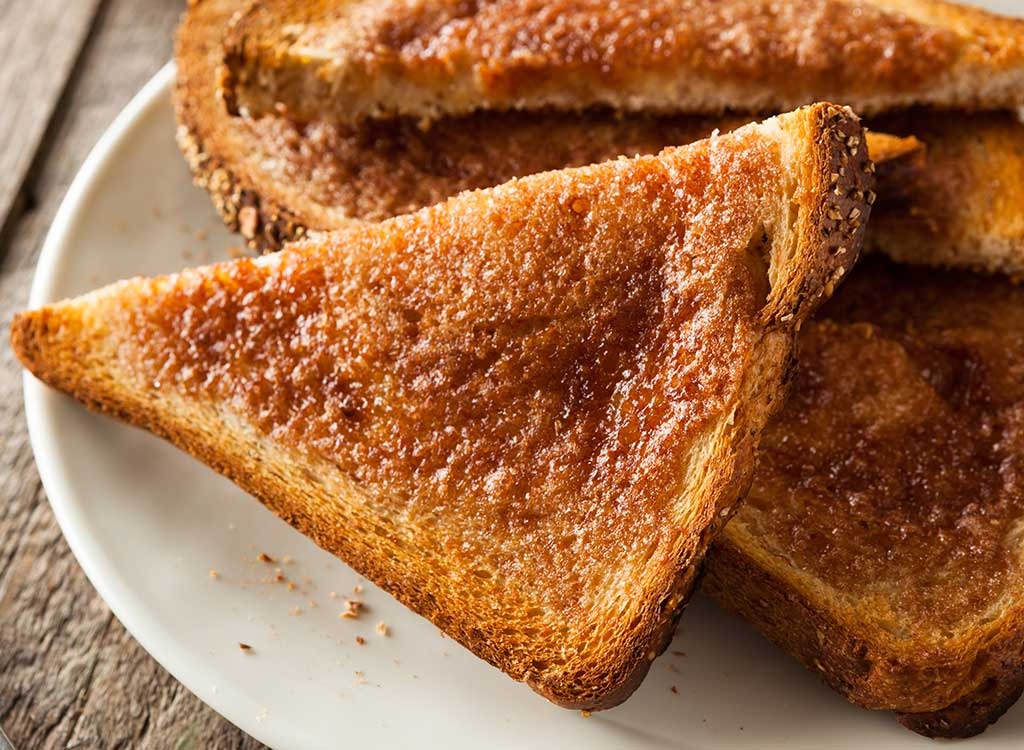
Lightly toasting your white bread will lower the carbohydrate’s impact on raising your blood sugar. A study in the European Journal of Clinical Nutrition found that toasting bread lowers its glycemic index. The Glycemic index is a gauge of the effect of a food on your blood sugar levels. For more, check out the unhealthiest restaurant side dishes to never order.
